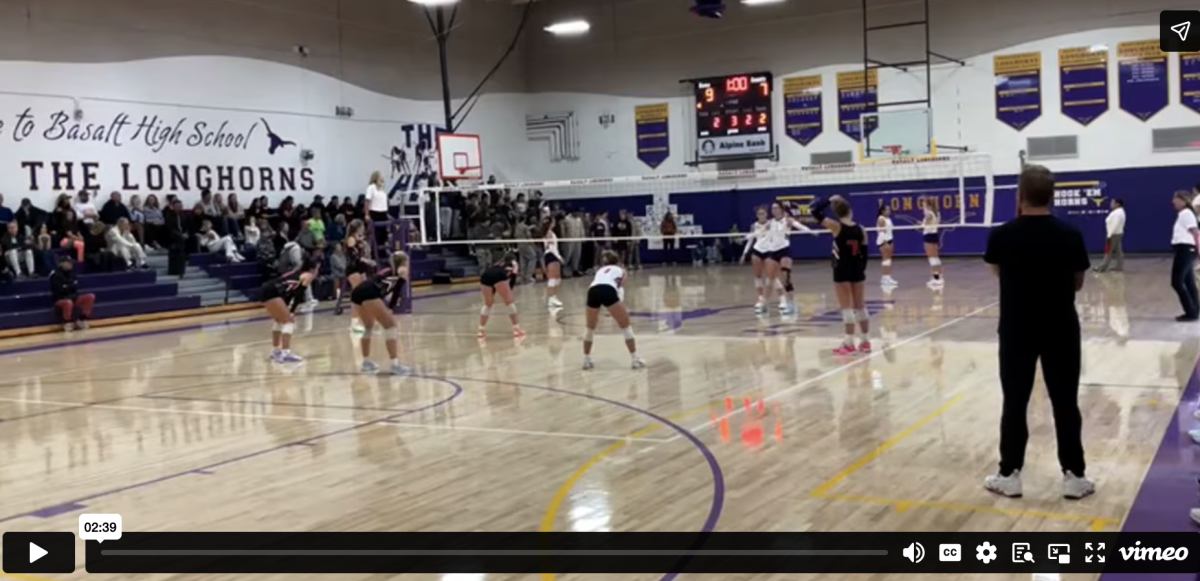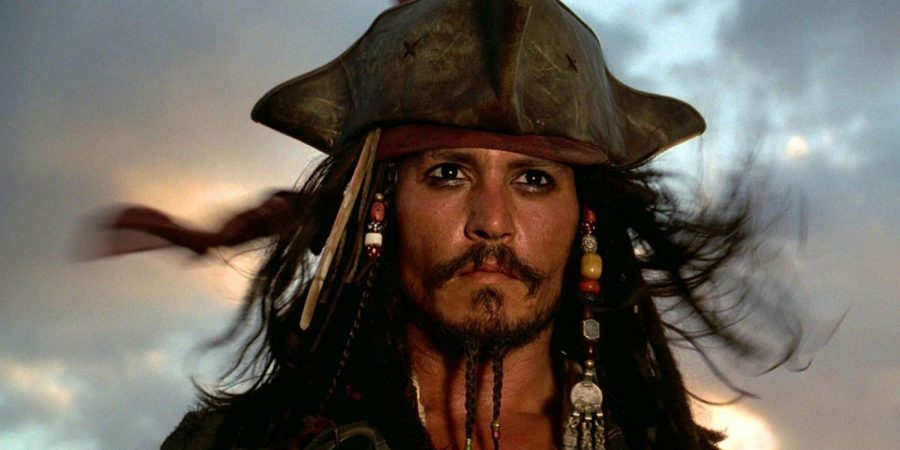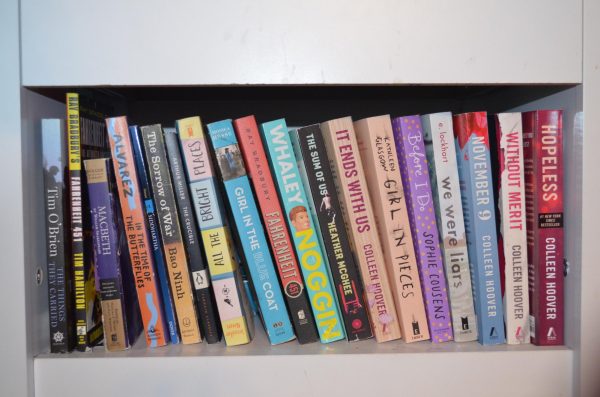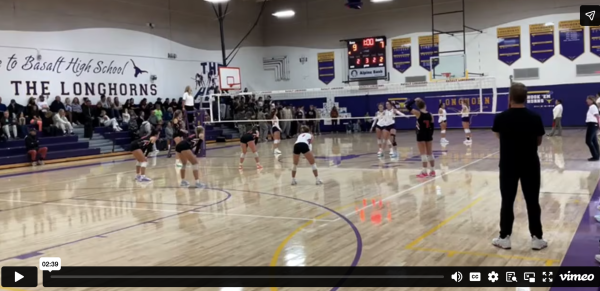The rise of the antihero
The notorious antiheroic character, Captain Jack Sparrow, from Pirates of the Caribbean.
There has always been a prominent line dividing hero from villain. The hero is generally favored and idolized, while the villain is frowned upon and conquered. But what if the fine line separating good from evil was crossed, and society intentionally rooted for the “bad guy”?
This phenomenon has actually become a reality, with the bad guy, also known as the “antihero”, ever-rising in popularity. The so-called antihero is not quite the stereotypical villain nor a protagonist, rather, a character that toes the boundary between the two standard figures. Some notable antiheroes today are Deadpool, Harley Quinn, Captain Jack Sparrow from Pirates of the Caribbean, or Severus Snape from Harry Potter.
According to Oxford Languages, an antihero is “a character in a story, movie, or drama who lacks conventional heroic attributes. With the age of the antihero, baddies and goodies became less distinguishable from one another”. Antiheroes are set apart for their antagonistic traits and flaws; the “rule-breakers” that do not align with traditional heroic qualities such as bravery or honesty. These are characters that might do the right things, but for the wrong reasons. An anti hero might save a life, not for nobility reasons, but solely for their own self interest and benefit.
Jack Sparrow and Severus Snape were not the first antiheroes of their kind. The antihero has existed in literature for centuries, making its first notable appearance in Shakespearean literature as characters such as Hamlet or Lady Macbeth. Although antiheros have existed within the media for quite some time, it seems that these flawed “heroes” have recently hit their peak within societal popularity.
There are numerous possibilities as to why antiheroes have begun to populate television screens and novels. Perhaps the conventional scenario of protagonist versus antagonist no longer excites audiences because of the unoriginal and generic situations. Maybe the unique characteristics and questionable morals of antiheroes give people a sense of relatability that cannot be found from heroes.
It is in human nature to have flaws, and the typical Hollywood hero tends to be idolized for their perfection. Antiheroes aren’t perfect and ethereal. They are guided by their flaws, living complex lives that test the societal boundaries of acceptability. These characters are not only empathized with, but they allow people to loosen their own perfection standards, and identify with the realism that life isn’t always perfect.
From Disney movies to fairy tales, many grow up aspiring to be the hero. Nonetheless, living up to the hero is not always attainable with life’s endless roadblocks. These antiheroes allow people to bend societal norms and take a breath from perfectionism. While antiheroes might not always abide by a typical moral compass, they are complex and realistic, and allow many to reflect within themselves.

Hannah Smith is a senior at AHS and an Editor-In-Chief of the Skier Scribbler. This is her third year writing for the paper. In her free time, Hannah loves...
































